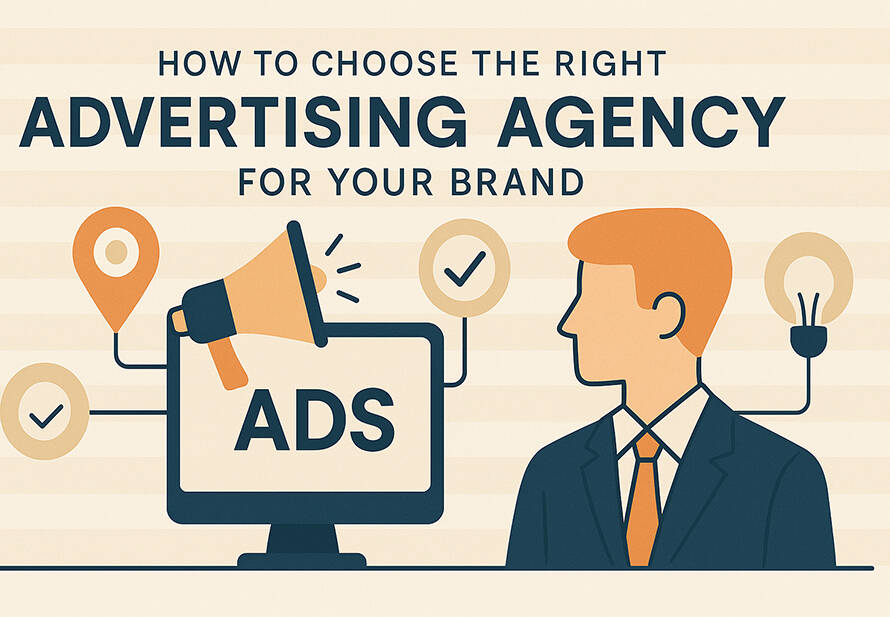The psychology of branding and advertising is far more influential than we think. Most people think they make buying decisions logically. Price comparisons, reviews, pros and cons… yada yada. But surprise! The real MVP in the background? Psychology.
Yep—branding and advertising play your brain like a fiddle. The colors, the fonts, the jingles, the “limited time only” messages? They’re all designed to mess (gently) with your emotions and subconscious. And honestly, it’s kinda genius.
So, what exactly is going on in our heads when ads hit us in the feels—or the FOMO? Let’s break it down.
The Psychology of Branding and Advertising in Consumer Decisions
Ever wonder why you keep choosing that one coffee brand even though there’s a zillion others? It’s not magic—it’s called the mere-exposure effect. The psychology of branding and advertising explains that repeated exposure builds trust. Our brains go, “Hmm, I’ve seen this before. Must be safe.” Familiar = trustworthy. That’s why consistent branding is key. Logos, slogans, colors—it all adds up to a cozy, dependable mental shortcut.
The Mere-Exposure Effect in Advertising Psychology
Here’s the kicker: People buy with emotion and justify with logic. That feel-good ad about a family hugging in slow motion? It’s not just sweet—it’s strategic. Emotions like happiness, nostalgia, excitement, even fear, trigger faster decision-making. A good ad doesn’t just tell you to buy—it makes you feel something. And feelings stick.
Branding Psychology in Colors and Fonts
Ever noticed how luxury brands love black and gold? Or why fast food joints go wild with reds and yellows? That’s color psychology in action. Red sparks hunger and urgency. Blue says “Hey, trust me.” Green feels calm and natural. Every shade, every curve of a font—it’s whispering messages to your brain before a single word is read.
How Colors Influence Consumer Psychology in Advertising
Humans are wired for stories. We remember stories way better than facts. That’s why a brand that tells a story instead of selling a product usually wins. It could be the journey of the founder, the impact on a community, or even a fictional tale starring a talking duck. If it’s a good story, we care. And caring leads to clicks, loyalty… and dollars. Visit Here
Social Proof Is a Crowd-Pleaser
Ever bought something just because it had a zillion 5-star reviews? Or jumped on a trend because “everyone’s talking about it”? That’s social proof in action. Seeing others like something gives us permission to like it too. Smart advertisers throw in testimonials, influencer nods, or phrases like “best-selling” because, well… it works.
Scarcity and Urgency? Yeah, They Trick You (Lovingly)
“Only 3 left!” “Offer ends at midnight!” Sound familiar? These little nudges light up your amygdala, the part of your brain that handles fear and survival. Scarcity makes us act fast—before we “miss out.” It’s FOMO, packaged beautifully.
Final Thoughts: The Mind Game We All Play
The best branding and advertising doesn’t scream “BUY NOW!” It quietly works its way into your brain. It makes you trust, feel, relate, and remember.
So next time you’re choosing a product and you think it’s just a rational choice—well, your brain’s already 5 steps ahead.

